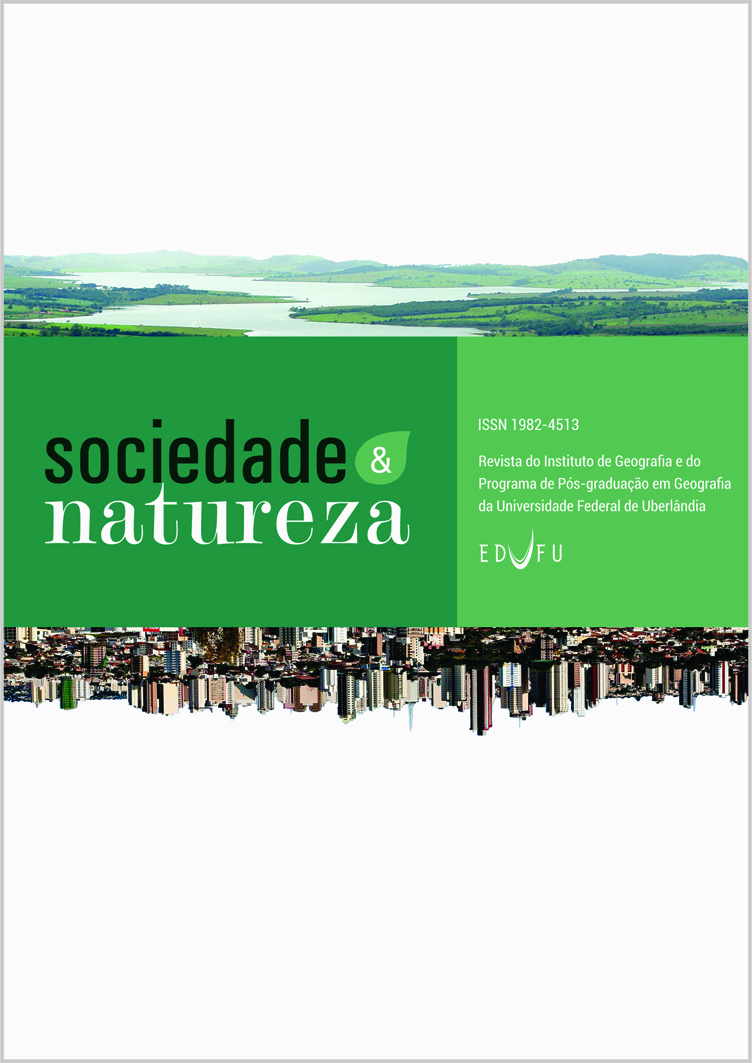Abstract
The planet's coastline supports several economic activities, shelters a large part of the world's population and is considered an environment of relative fragility. The development of touristic activity in the Rio Grande do Norte is directly associated to the coast and acquired greater relevance in the late 1970s and early 1980s, in the context of a policy of touristic megaprojects, through the implementation of the Via Costeira project, which aimed to enlarge the hotel capacity of Natal, the capital of Rio Grande do Norte. The project generated a lot of controversy, was criticized and reformulated due to the natural characteristics of the area proposed for its installation, mostly covered by non-vegetated dunes and some stretches covered by Rain Forest, but it was approved. The objective of this study was to verify which geomorphological elements were affected for its implementation and, from these, to delimit the Permanent Preservation Areas (APP) defined by the legislation. The results showed that the project was carried out almost entirely on APP. We conclude that the most appropriate measure is to declare unoccupied stretches as non-aedificandi areas and to carry out recovery projects for degraded areas.Authors hold the Copyright for articles published in this journal, and the journal holds the right for first publication. Because they appear in a public access journal, articles are licensed under Creative Commons Attribution (BY), which permits unrestricted use, distribution, and reproduction in any medium, provided the original work is properly cited.
Downloads
Download data is not yet available.

